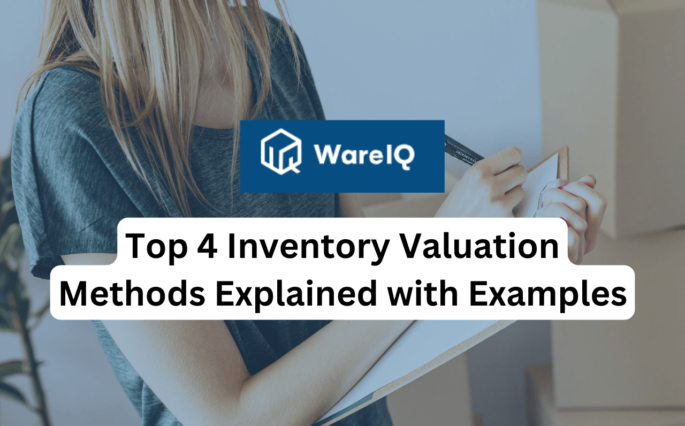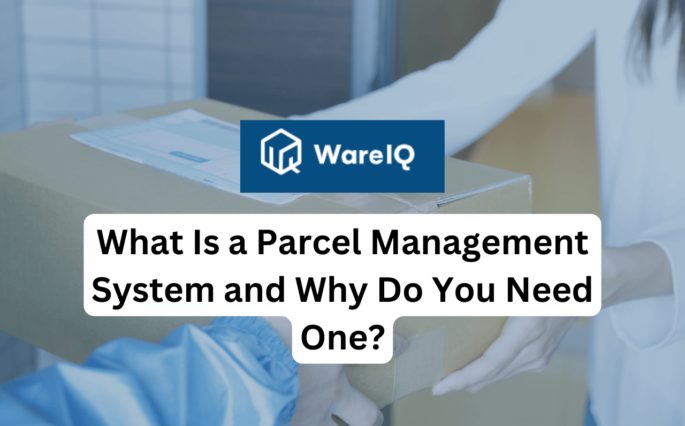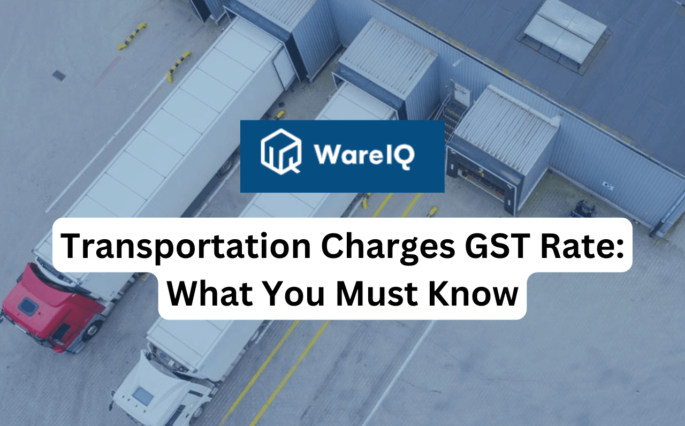Streamline Your Supply Chain: The Power of Vendor-Managed Inventory (VMI)


Vendor-managed inventory (VMI) is a collaboration between a vendor and a retailer in which the seller manages the retailer’s inventory. It is an inventory management system in which the seller (the vendor) manages inventory rather than the buyer (the retailer).
Because the vendor has access to inventory levels and determines when the business requires additional stock, the retailer does not need to actively buy more merchandise to supply its shelves.
Vendor-Managed Inventory’s purpose is to lower inventory-related expenses for both parties. When suppliers control inventory, merchandise is renewed just when necessary, reducing overstock and retailer expenses. It also simplifies the vendor’s operations by establishing a more predictable business pattern.
- How does a Vendor-Managed Inventory system work
- Benefits of Vendor-Managed Inventory
- Implementation of Vendor Managed Inventory
- Best Practices and Strategies
- Conclusion
- FAQs
- What is Vendor Managed Inventory (VMI)?
- How does VMI work?
- Who are the key stakeholders in VMI?
- What are the benefits of VMI for merchants?
- What benefits do vendors gain from VMI?
- Why is data exchange crucial in VMI?
- What is the role of communication in VMI?
- How can you establish trust in a VMI relationship?
- What should be included in a VMI strategy?
- Why is personnel training important in VMI?
How does a Vendor-Managed Inventory system work
| Factor | Vendor Managed Inventory (VMI) |
| Key Characteristics | Information sharing between businesses and retailers.Vendors control inventory management.Vendors handle re-stocking and ordering. |
| Operational Process | Establish success metrics and terms.The vendor ships products to the retailer.The retailer provides real-time inventory data.The vendor monitors stock levels and purchasing trends.The vendor ships new inventory as needed based on shared data.The vendor has insight into production times and lead times. |
| Payment Terms | Payment timeline determined by agreement.Payment can occur upon stock arrival or after sales. |
| Example Scenario | A pet store chain uses VMI for dog food inventory:Pet stores stock specific dog food brands.The inventory manager at the dog food company receives sales data.The inventory manager restocks based on mutually defined parameters. |
| Suitability | Especially useful for stores with a wide range of products from different vendors. Shifts responsibility to vendors for efficient inventory management. |
Benefits of Vendor-Managed Inventory
- Vendor-Managed Inventory provides merchants with a competitive edge by increasing product availability and service level while decreasing inventory management and purchasing expenses.
- Vendors, on the other side, benefit from a decreased bullwhip impact, greater use of production capacity, and improved replenishment planning synchronisation.
- Because the vendor manages the supply, it saves the merchant time on inventory planning. It also lowers the need for excessive ordering and storage space.
- Working directly with vendors lowers the likelihood of ordering too much or too little inventory. Furthermore, because suppliers control the inventory, they bear the risk of things not selling quickly enough.
- Constant data exchange between merchants and vendors enables more consistent and timely stock changes and orders. Other supply chain management methods rely on educated guesses, but VMI leverages current sales to encourage more strategic inventory purchasing.
- Vendor-Managed Inventory is a two-way street between the retailer and the vendor. When everything is going well, it should improve and strengthen the friendship between the two. This boosts the retailer’s trust in their product supply while also improving the vendor’s long-term economic prospects.
- Human mistakes may wreak havoc on inventory management in a variety of ways. Perhaps one department forgot about a certain product, or perhaps a training manager overestimated. Overestimation and underestimation may be expensive, as shops may occasionally input one too many zeroes.
- A vendor must grasp your inventory data or the entire procedure will fail. The capacity of a vendor to analyse data from retailers and determine when to purchase fresh inventory is critical to the success of a Vendor-Managed Inventory. This is the vendor’s obligation, however, when selecting a Vendor-Managed Inventory partner, the retailer should examine the vendor’s data proficiency.
Implementation of Vendor Managed Inventory
| Key Activities | Supplier | Customer | Other Parties |
| Identify Key Stakeholders | Supplier involvement | Customer Involvement | Involvement as needed |
| Define inventory levels and replenishment frequency | Per SKU | Per SKU | Per SKU |
| Determine data exchange methods | Define data exchange methods | Define data exchange methods | Define data exchange methods |
| Develop communication protocols | Develop inventory management protocols | Develop order change protocols | Establish communication channels |
| Train personnel | Train personnel on the VMI process | Train personnel on the VMI process | Train personnel as necessary |
| Establish performance metrics | Establish performance metric | Establish performance metrics | Establish performance metrics |
| Analyze data and make adjustments | Analyze data for improvements | Analyze data for improvements | Analyze data for improvements |
| Monitor the relationship | Monitor obligations | Monitor obligations | Monitor obligations |
Best Practices and Strategies
- Communication: VMI’s success depends on effective communication. Establish clear communication channels with your suppliers and customers to ensure that everyone is on the same page and that any difficulties or changes are conveyed as soon as possible.
- Analyses: Collect and analyse precise and trustworthy data to enable optimal inventory management. Make educated judgements regarding inventory levels using this data to discover patterns.
- Creating a Detailed Strategy: Create a detailed Vendor-Managed Inventory strategy that includes all parties’ goals, objectives, and duties. The strategy should also contain performance measures that may be used to assess the program’s efficacy.
- Transparency: Developing trust and openness between the supplier and the client is crucial to VMI’s success. To properly manage inventory levels, all sides must be ready to exchange data and work jointly.
- Assess the performance: Regularly assess the performance of the Vendor-Managed Inventory programme and make any improvements. Use the performance indicators stated in the Vendor-Managed Inventory plan to assess the program’s efficacy and suggest areas for improvement.
- Personne Training: Ensure that personnel have received Vendor-Managed Inventory programme training and understand their roles and responsibilities. This can aid in ensuring that the programme is efficiently executed and that everyone is working towards the same goals.
Conclusion
Vendor-Managed Inventory’s purpose is to lower inventory-related expenses for both parties. When suppliers control inventory, merchandise is renewed just when necessary, reducing overstock and retailer expenses. Because the vendor manages the supply, it saves the merchant time on inventory planning. It also lowers the need for excessive ordering and storage space. A vendor must grasp your inventory data or the entire procedure will fail. The capacity of a vendor to analyse data from retailers and determine when to purchase fresh inventory is critical to the success of a Vendor-Managed Inventory.
FAQs
What is Vendor Managed Inventory (VMI)?
VMI is a collaborative inventory management system where the vendor controls the retailer’s inventory.
How does VMI work?
VMI involves information sharing, vendor-controlled inventory management, and vendors handling re-stocking and ordering based on shared data.
Who are the key stakeholders in VMI?
Key stakeholders include the supplier, customer, and any other relevant parties involved in the process.
What are the benefits of VMI for merchants?
VMI increases product availability, and service levels, and reduces inventory management and purchasing costs for retailers.
What benefits do vendors gain from VMI?
Vendors benefit from reduced bullwhip effects, better production capacity utilization, and improved replenishment planning synchronization.
Why is data exchange crucial in VMI?
Constant data exchange enables timely stock changes and orders, leading to more strategic inventory purchasing.
What is the role of communication in VMI?
Effective communication is essential for VMI’s success, ensuring that all parties are informed of any changes or issues promptly.
How can you establish trust in a VMI relationship?
Trust is built through transparency and open data exchange between the supplier and customer.
What should be included in a VMI strategy?
A VMI strategy should outline goals, objectives, responsibilities of all parties, and performance measures for assessing effectiveness.
Why is personnel training important in VMI?
Training ensures that personnel understand their roles and responsibilities, leading to efficient VMI program execution.








